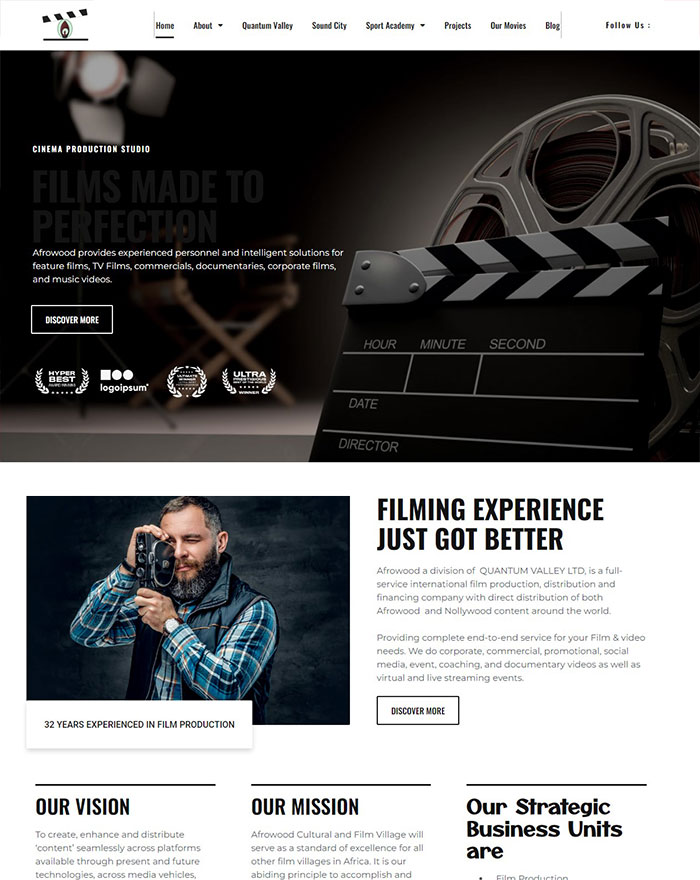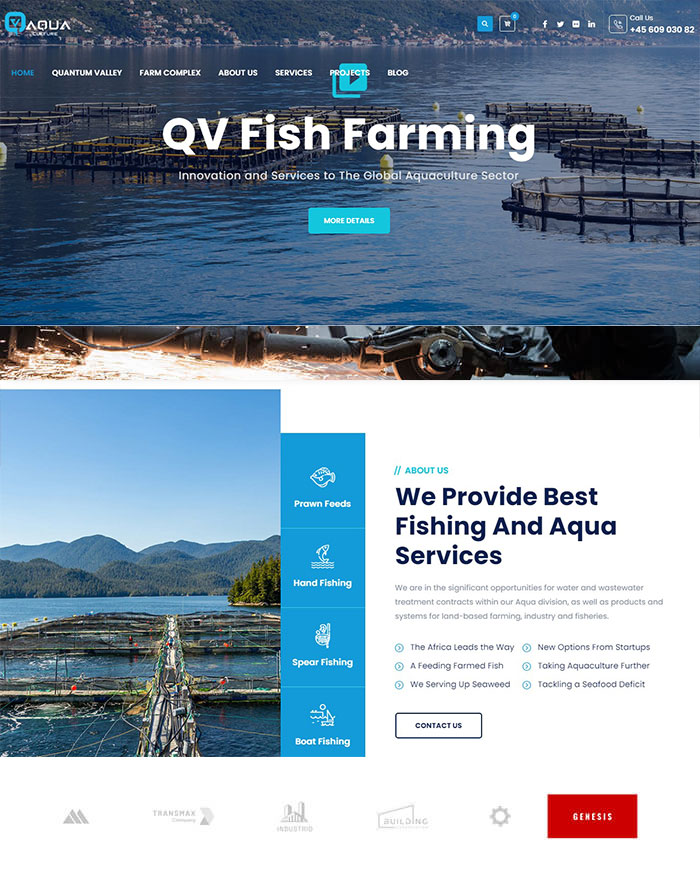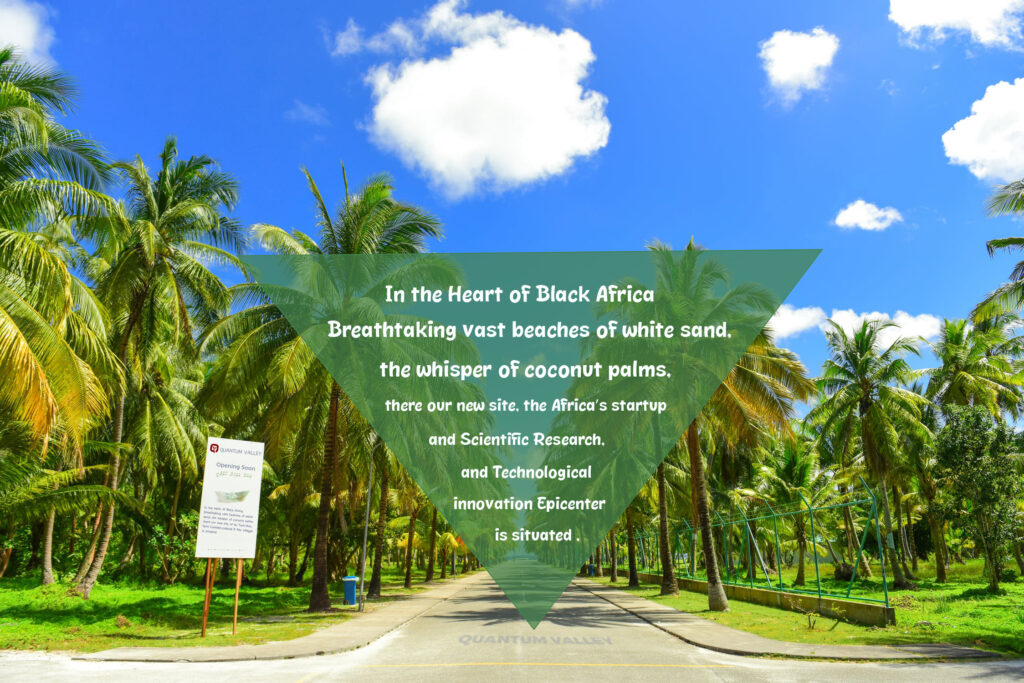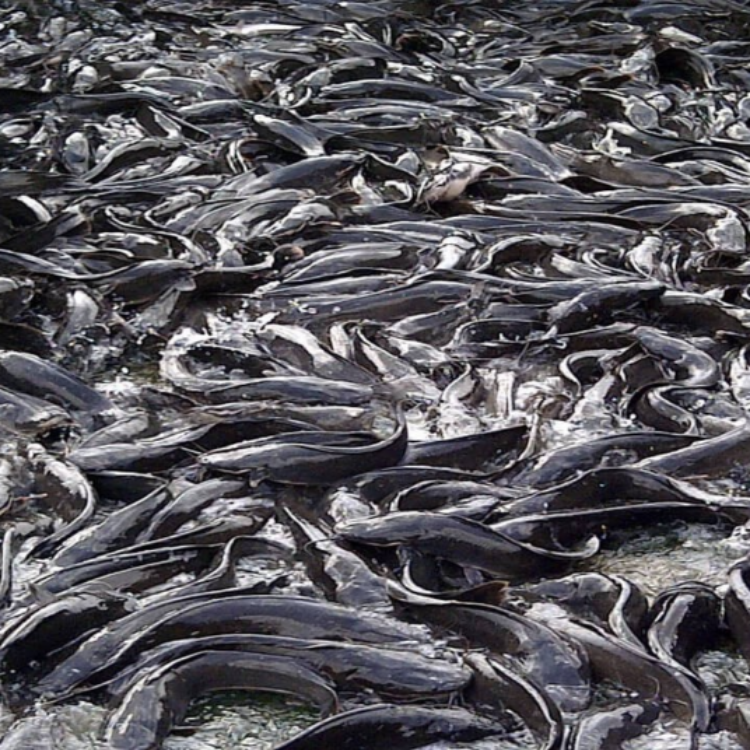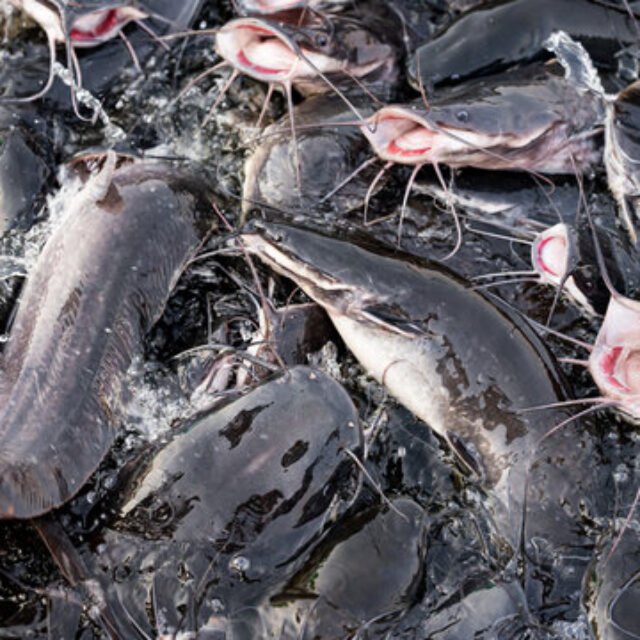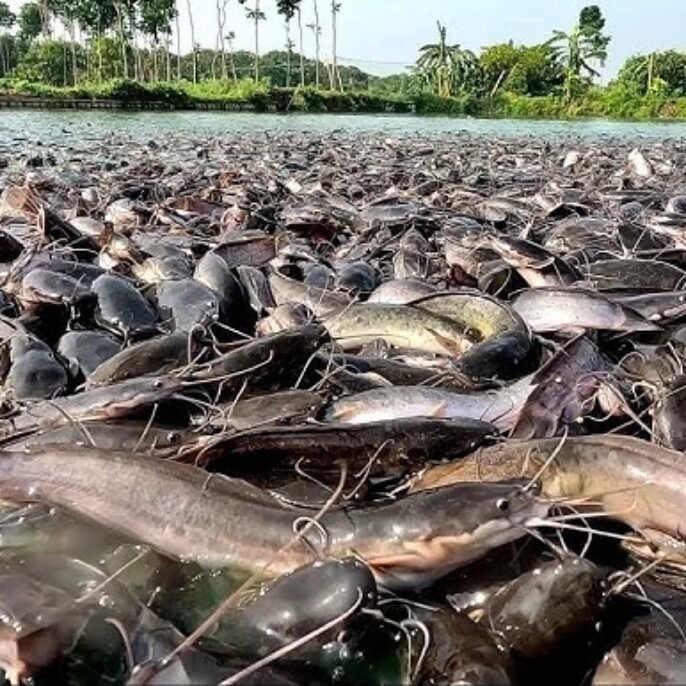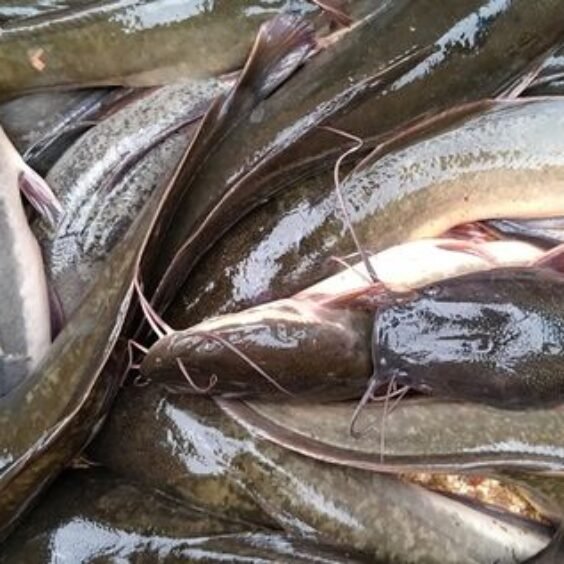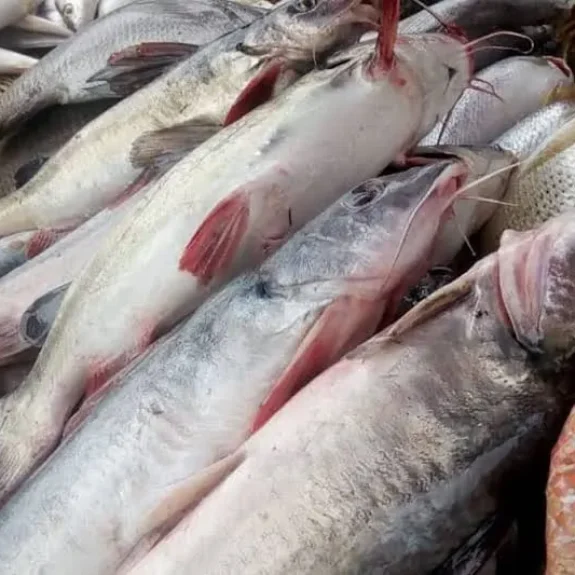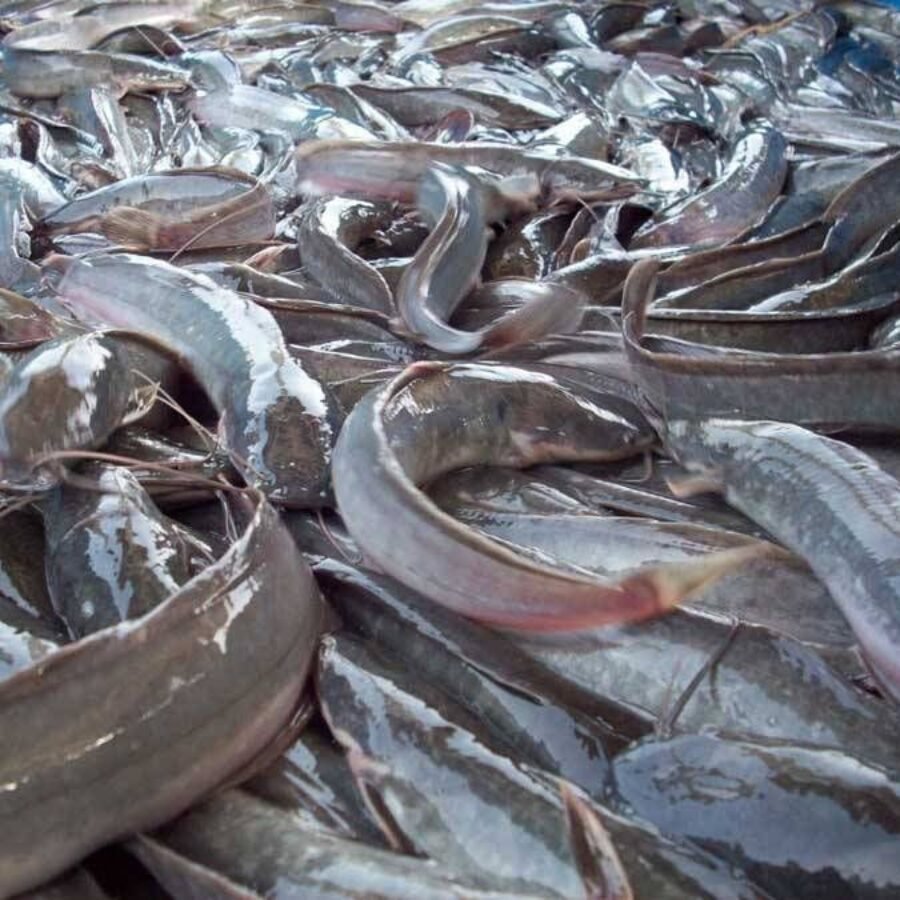Industrial Farming
This document outlines a business venture focused on catfish farming. The operation will involve breeding, growing, and distributing catfish to wholesalers within the target market. The business aims to expand its offerings to include drying and packaging of the fish. Fish farming is recognized as a profitable enterprise that can be initiated with minimal investment. The catfish farm is strategically positioned to fulfill local and national fish demand. It will be established in the swampy region of Quantum Valley, opposite Agbala Olope Meji, within the Ilaje Local Government Area of Ondo State. The need for expansion is driven by the increasing demand for fish and the recognized health benefits associated with fish consumption.
The business faces several risks, including identifying a target market, competition, and health considerations. According to the cost-benefit analysis, in the initial year, with an inventory of approximately 4,000 fingerlings and anticipated sales of 3,800 adult fish per harvest, we expect to generate 1 million naira after deducting production costs. This suggests a potential annual revenue of around 3 million naira from three production cycles, yielding an investment return of approximately 10%. Revenue will be sourced from personal savings. Funds invested in the business will be directed towards the construction of fish ponds, purchasing feed, acquiring equipment, and covering other miscellaneous expenses. The projected profits and return on investment indicate that the project is highly feasible, viable, and profitable, making it a worthwhile investment opportunity.
The business plan includes preparing the acquired land, constructing, one artificial Lake, and four earth ponds of adequate depth and size, and treating the ponds over a two-week period. Following this, 5,000 fingerlings will be purchased for each pond, with feeding occurring twice daily or more, depending on feed availability, until they reach maturity in approximately four to six months. The target customers will include market vendors, restaurants, and hotels. As the business grows and local demand is met, there will be opportunities for product export and the potential for hatching young fish from eggs. Once the initial stock is sold, the entire process, starting from pond preparation, will be repeated.
AND INDUSTRIAL ANALYSIS
A sloppy topography (loamy soil) or a location with adequate drainage system is best for a fis h farm so that discharging the water waste would not waterlog the environment. Physical need includes; plot of land, storage facility, water inlet & outlet system and power supply. Access to the site is also very important.
Environmental factors include;
a) Culture: There is a very high demand for catfish all year round. Since there are no religious, cultural or demographic barriers on the consumption of catfish, the nonseasonal customers shall be household, individual, market sellers, hotels, fast food eateries, agriculture merchants and restaurants. Overtime with further expansion processing of the fish (drying and smoking) is possible and even exporting of the product to earn foreign currency.
b) Technology: catfish farming is not technologically based in Nigeria as such doesn’t require much thinking and thoughts into it. However in the fishery industry the newer the technologies the more increase in the net profit margins of the business while concurrently lessening the ecological impact of fisheries on the environment.
c) Legal environment: the legal form of ownership is sole proprietorship but the business is open to other business structures like partnership. There is no law prohibiting fish farming and so no permit is required to practice. With that in mind an affiliation with NASSI (Nigerian Association of Small Scale Industrialist) can be pursued.
Industrial Analysis
a) Industrial demand: The market opportunity for fish farming is very huge. Nigerians consume nearly 2 million tons of fish per year, with the country’s growing population ensures demand will continue to boom. Demand far outweighs current national production, making it necessary for increased local fish production. Simple put the demand is far higher than supply.
b) Analysis of competitors: Catfish farming Industry is still in its infancy in Nigeria. Most of the practitioners do it on a small scale in their backyards and near their houses. With enough financing the country will be able to witness large scale fish farming running into hundred millions of naira.
Although the fish farmers put together cannot yet saturate the market there is still little competition between the fish farmers and their customers (due to varying prices and size of fishes). So it right to say competition is too early to be given consideration in catfish production in the Nigerian contest.
Other competitors may include; Imported frozen fish but tastes different, the indirect competition from meat (beef, pork, chicken, goat meat etc.). Other fish farmers are excluded because put together production is still not enough to accommodate the growing population. The competition analysis would have been necessary if only fish farming becomes industrialized in Nigeria.
III. DESCRIPTION OF THE VENTURE
The mission is to be self-employed, to provide healthy fish of high nutritional value likewise size and affordable prices as well as a leader in customer’s service. The cat fish farm is to produce table size fishes available for purchase through preparing of fish ponds with a maximum of 2000 fishes for each pond, stocking of the pond with fishes, and feeding of the fishes for four consecutive months then harvesting of the fishes. With further expansion not only sales for life fishes will be done processing and hatching will commence.
OR OPERATIONAL PLAN
Business design (construction of site) and production plan
- Clearing of an already acquired land.
- Fencing of the land.
- Dig the ponds: 2 pond of 100ft by100ft each which will take the shape of square, and should be at least 4ft deep.
- De-mud your pond which simply means to remove mud from the pond
- Ensure dike/embankment: a dike is a barrier or a mound of earth/soil that is built round the pond to prevent water from overflowing. This is to prevent loss of fishes during raining season. Dikes should be big/tall enough at least 2 to 3ft higher than the highest water level of the pond.
- Ensure there’s an inlet and outlet for water flow in and out of the pond. For changing of water frequently. A pumping machine is used to pump water into the ponds (through the use of pipes) and a gutter for the outlet.
- Treatment of the pond so as to prevent predators (examples include snakes, tortoise, monitor lizards and other fishes) from feasting on the fingerling catfish. So the pond is treated with chemicals that can kill all the organisms in it. Once the pond has been treated, it can be used after 2 weeks.
- Netting system. Netting of pond is done to prevent the fingerlings catfish from being eaten by predators (mostly birds) as they grow.
- Storage house construction.
Stocking
Stocking is the process of introducing fingerlings catfish into the pond.
Feeding of the catfish

Catfish feed is the most important and critical input to achieving success in catfish farming after stocking of good fingerlings. The feeds constitute over 80% from the cost of production. They are mainly sourced from foreign countries the feeds are floating pellets and circular in shape. Feeds are ranging from 8000 to 10000 in naira which is seen in the start-up expenses table, the prices can be higher when there is scarcity.
There are also local feed producers but the locally produced feeds are yet to be perfected, they have low digestibility, poor feed conversion efficiency with majority of them sinking to the bottom. In addition the pelleting is rough and irregular in shape. Often, the difference between a catfish weighing a kg or 2 within four months has to do with feeding. Feed make up cycle, feed quantity and quality are the main factors to be considered when feeding catfish to ensure optimal performance.
The table for catfish feedings is shown below;
The daily operation of the farm is manually feeding catfish two times daily (morning and evening) between 6am- 8am and 5pm-7pm for the duration of 4 months. While doing this make sure that ¼ volume of water flows out and is replaced every day. It is completely drained when hypoxia occurs.
Timeline: A month can be used for the pond and storage house construction. Then 4 month for the growing stage. A total of 5 month will be used for the fish farming before harvest.
V. MARKETING PLAN
arketing of the business can be done through online adverting (having a business page showing when you have fishes for sale) ,advertising produce in agriculture and food related magazines and websites, the use of word of mouth marketing (referrals) and network of friends or professionals , banners for farm identification, handbills, phone calls short messages. As well as introduce the business by sending introductory letters alongside brochure to stake holders in the agriculture industry, households, hotels and restaurants through this means you can be able to draw customer’s / partners to buy from you ranging from restaurants, hotels or processing company.
The fishery’s marketing operations will be minimal once the first harvesting season is done due to the on-going relationship between the previous customers. Very little marketing will be required to maintain this relationship. At the start-up of the business having a strong business relationship with the local marketers must be achieved so the fish farm will always have a predictable stream of income (in case other buyers back out) however in the future branding of fish items produce can be done.
In this instance proper marketing/advertising can be accepted to give the business a good image so it can directly sell packaged fish to major restaurants, supermarket, farmers market and select retailers.
The marketing strategy is the key concept that customer satisfaction is the main goal. The prices for the various sizes of fish shall depend on the weight. For the prices to be favourable some factors need to be followed namely; good location for the fish farm, choosing of a good breed that will guarantee bountiful harvest, cut the cost of running the business to the nearest minimum and of course try as much as possible to attract buyers to the fish farm to eliminate transportation cost.
The Pricing is illustrated in the table below;
| SIZES | PRICE (NAIRA) PER BAG |
|---|---|
| Small | 500/KG |
| Medium | 650/KG |
| Large | 800/KG |
VI.
ASSESSMENT OF RISK
The main risk factor is the access of market in other terms customers which can be curbed by marketing strategies. High mortality rate of the fishes could either be to a disease outbreak or deaths from chemicals. Also high cost fish feed. Also unproductivity in catfish farming is also a risk factor to consider which is due to poor production planning and inadequate technical know-how. This risk factor can be curbing by hiring a consultant to handles business management matters or learning/ education on catfish farming and management.
VII.
FINANCIAL PLANNING
PROJECT COST START-UP EXPENSES
| Cash farm expenses Fingerlings | 10 | 4000 | 40000 |
|---|---|---|---|
| Feeds 1.5mm(for fingerlings) 2mm-3mm (post) 4mm-9mm (table size) | 8000 8600 6000 | 4 4 80 | 32000 34400 480000 |
| Chemicals | 20000 TOTAL: 606400 | ||
| Pumping Machine | 60000 | 1 | 60000 |
| Scale | 15000 | 1 | 15000 |
| Scale Bowls | 5000 | 2 | 10000 |
| Fuel | 20000 | Litres | 20000 |
| Dragnet | 10000 | 1 | 10000 |
| Netting System | 5000 | 1 | 5000 |
| Power Generator | 100000 | 1 | 100000 |
| TOTAL =826400 |
CONSTRUCTION EXPENSES/PAYMENT OF WORKERS
| 1 | POND CONSTRUCTION | |
| Digging of the ponds /de- mudding/dike | 30000 | |
| Cost of Plumbing (inlet & Outlet facilities) | 20000 | |
| Cost of Pond Treatment | 20000 | |
| Cost of Labour | 20000 | |
| Cost of Pumping Machine to pump water to the overhead tank (water source) | 15000 | |
| 2 | STORAGE HOUSE CONSTRUCTION | |
| Sand from digging | ||
| 1/2 Trip of gravel | 15000 | |
| 20 Bags of Cement | 200000 | |
| Wood | 15000 | |
| Zinc | 10000 | |
| 3 | Miscellaneous/additional expenses (workers) | 488600 |
| TOTAL: 833600 |
TOTAL PROJECT COST = STARTUP EXPENSES + CONSTRUCTION EXPENSES.
TOTAL PROJECT COST 826400+673600= 1500000 (1.5 million)
Assuming the catfish was well raised and has a low mortality rate(about 5%, which means starting with 4000 fishes, 200 die along the way),and the surviving fishes (3800) expected to grow to a minimum of 1kg each giving a total weight of 3800kg. Market price for a kg (large fish) is 800 so generated sales (revenue) equals 3 040 000 naira (3800*800). It should be noted that this profit will be tripled since harvesting will be done 3 times a year.
| First Harvest | Second Harvest | Third Harvest | |
|---|---|---|---|
| Cash Farm income: Catfish sold | N 3 040 000 | N 3 040 000 | N 3 040 000 |
| Project cost 1.5.million | |||
| Cash farm expenses 606400 | |||
| NET CASH INCOME | 1st harvest - project cost 3040000 - 1500000 = 1540000 | 2nd harvest - cash farm expenses 3040000-606400 = 2433600 | 3rd harvest- cash farm expenses 304000-606400 = 2433600 |


